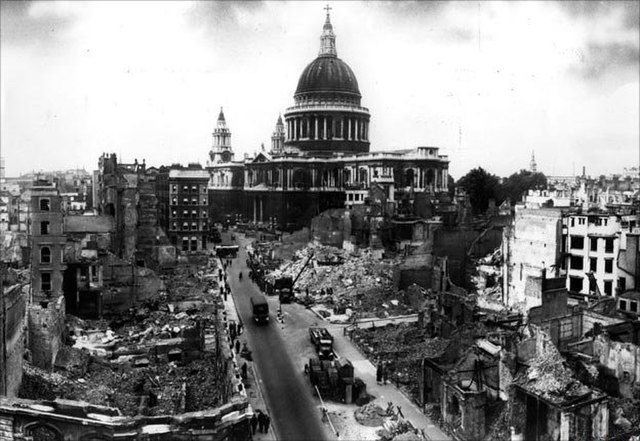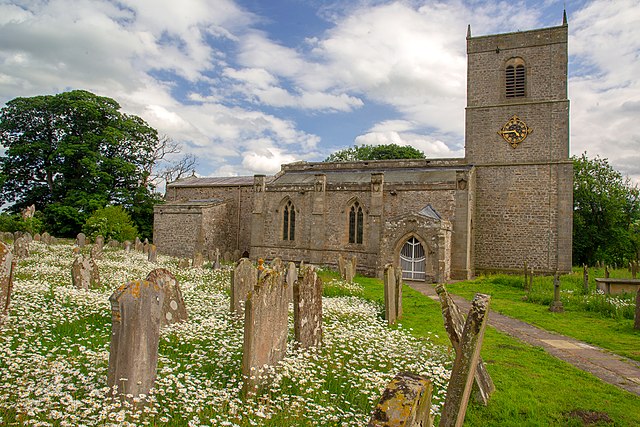The BT Tower is a grade II listed communications tower in Fitzrovia, London, England, owned by BT Group. It was also known as the GPO Tower and the Post Office Tower. It was later officially renamed the Telecom Tower. The main structure is 581 feet (177 m) high, with a further section of aerial rigging bringing the total height to 620 feet (189 m).
BT Tower in 2022
Wide-angle view of the tower and its base from Cleveland Mews in August 2012
Queen Elizabeth II visiting the tower in May 1966
A flyer distributed in advance of a demonstration on 1 May 1978 in support of the defendants in the ABC trial
In the United Kingdom, a listed building is a structure of particular architectural and/or historic interest deserving of special protection. Such buildings are placed on one of the four statutory lists maintained by Historic England in England, Historic Environment Scotland in Scotland, Cadw in Wales, and the Northern Ireland Environment Agency in Northern Ireland. The classification schemes differ between England and Wales, Scotland, and Northern Ireland. The term has also been used in the Republic of Ireland, where buildings are protected under the Planning and Development Act 2000, although the statutory term in Ireland is "protected structure."
The Forth Bridge, designed by Sir Benjamin Baker and Sir John Fowler, which opened in 1890, and is now owned by Network Rail, is designated as a Category A listed building by Historic Environment Scotland.
WWII bomb damage advanced the move to preserve architecturally significant buildings.
100 King Street, Manchester, built 1935, listed Grade II* in 1974
The redundant Holy Trinity Church, Wensley, in North Yorkshire, is listed at Grade I. Much of the current structure was built in the 14th and 15th centuries.








